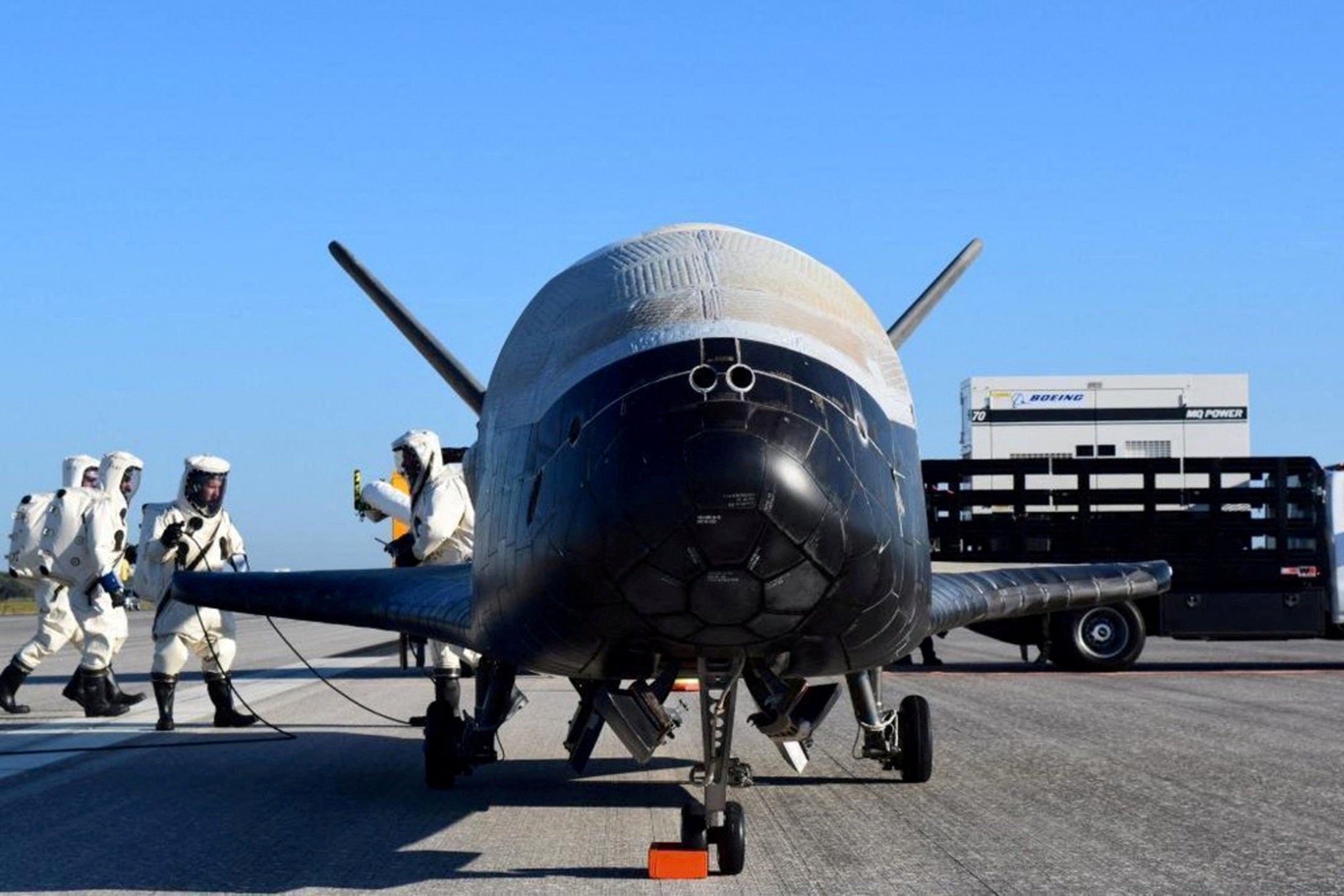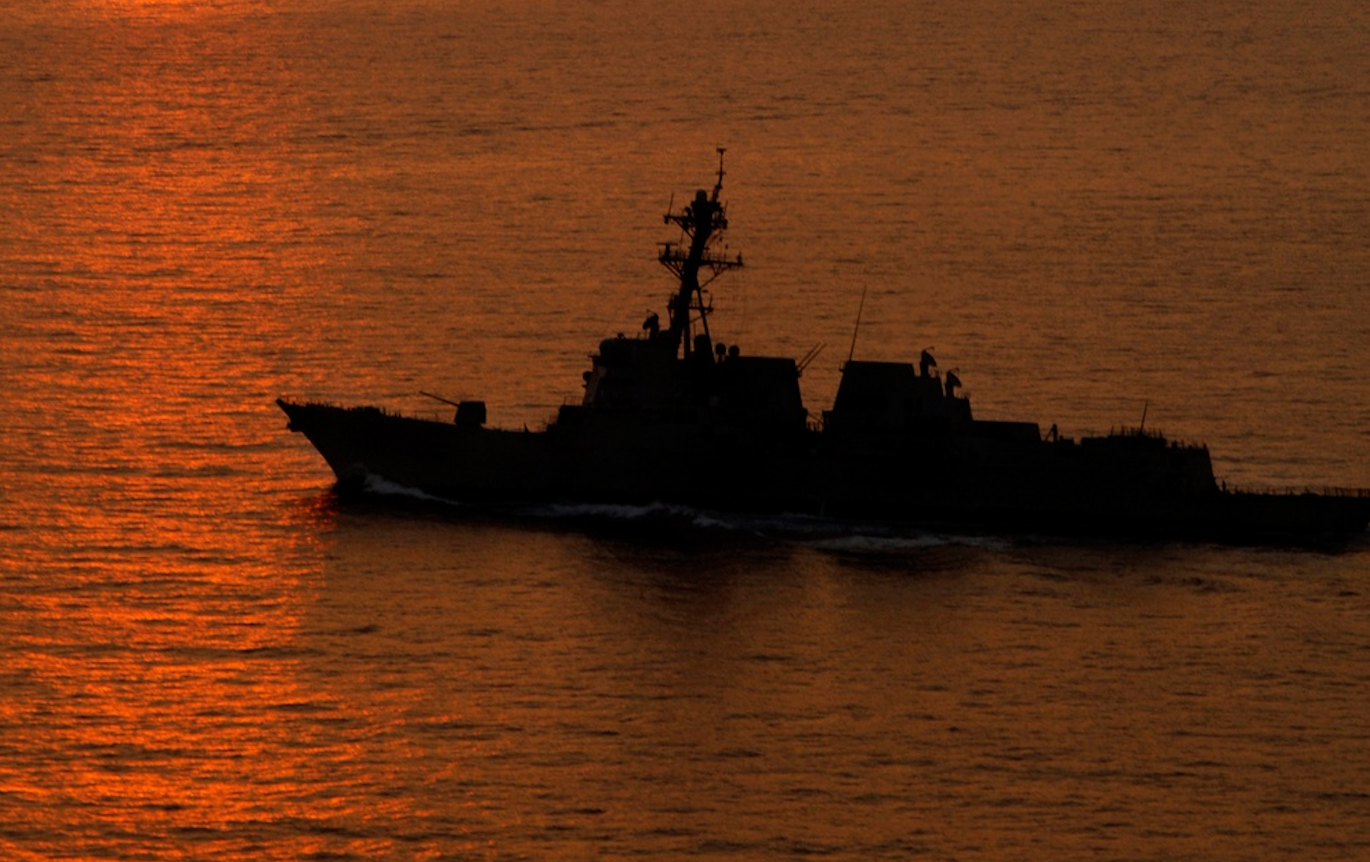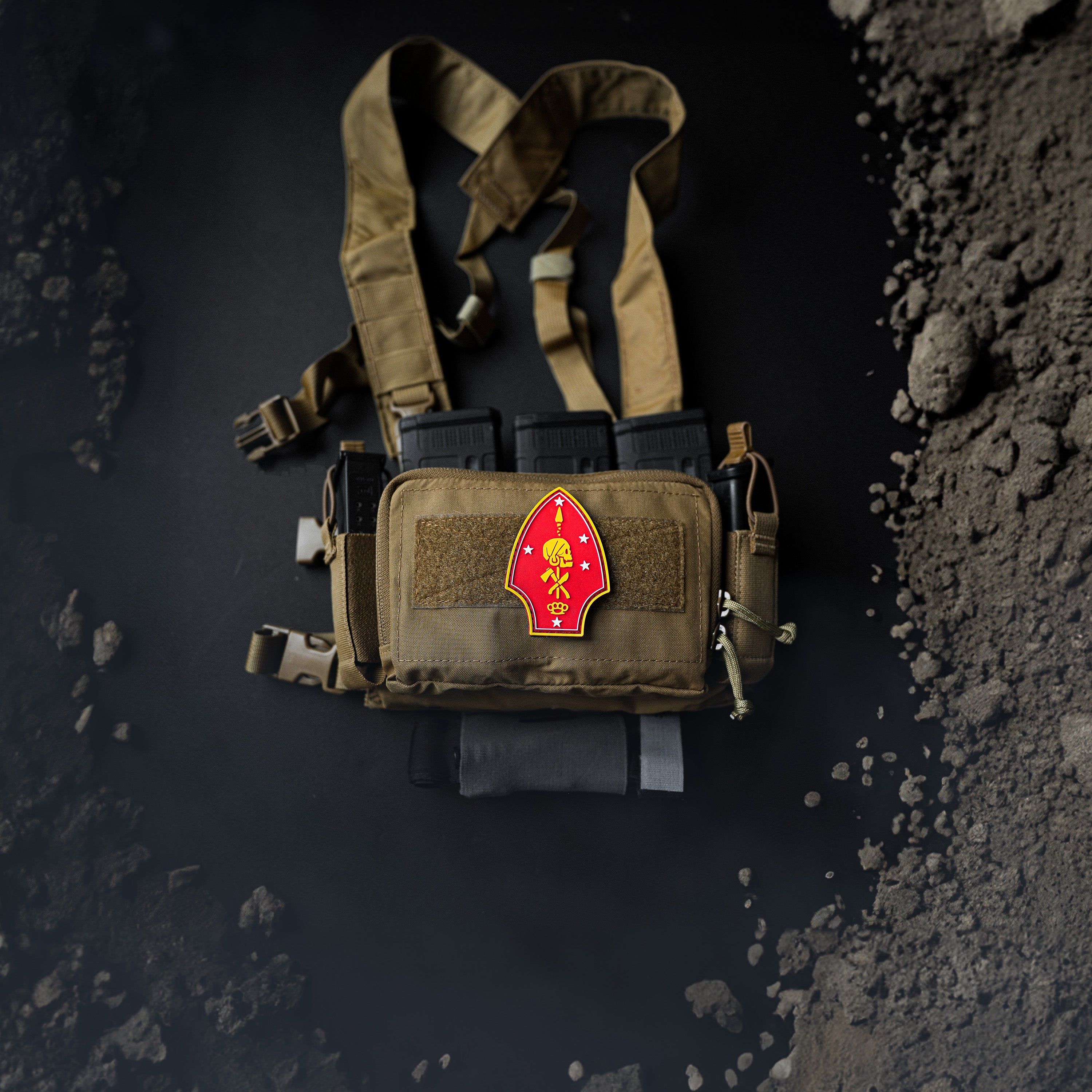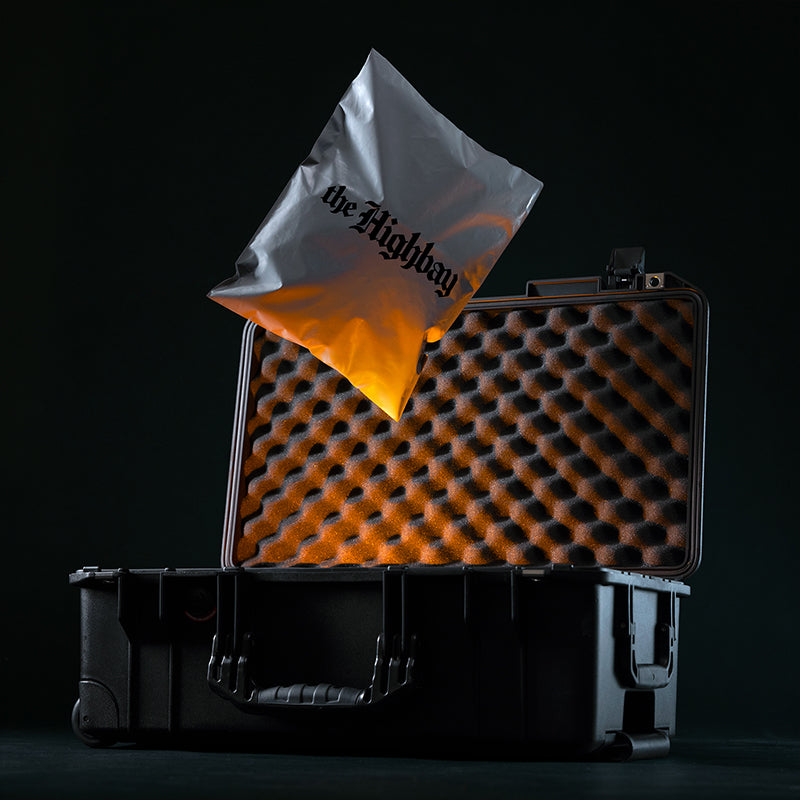
US military's X-37B spaceplane ready for launch to higher orbit, SpaceX says
PHOTO CAPTION: The U.S. Airforce's X-37B Orbital Test Vehicle mission 4 after landing at NASA's Kennedy Space Center Shuttle Landing Facility in Cape Canaveral, Florida, U.S., May 7, 2017. U.S. Air Force/Handout via REUTERS
By Joey Roulette and Steve Gorman
CAPE CANAVERAL, Florida (Reuters) - After weeks of false starts and delays, SpaceX teams prepared again on Thursday to launch the military's secretive X-37B robot spaceplane on its seventh mission, the first atop a rocket capable of delivering it to a higher orbit than ever before.
The SpaceX Falcon Heavy rocket is due for a nighttime blast-off from NASA's Kennedy Space Center at Cape Canaveral, on Florida's Atlantic coast, during a 10-minute launch window starting at 8:07 p.m. EST (0107 GMT Friday).
A series of three launch countdowns were aborted earlier this month due to poor weather and unspecified technical issues, leading ground crews to roll the spacecraft back to its hangar before proceeding with the latest launch attempt.
It comes two weeks after China's own reusable robot spaceplane, known as the Shenlong, or "Divine Dragon," was launched on its third mission to orbit since 2020, adding a new twist to the growing U.S.-Sino rivalry in space.
The latest weather forecast for Thursday's flight called for an 80% chance of favorable launch conditions.
The Defense Department has disclosed few details about the X-37B mission, which is conducted by the U.S. Space Force under the military's National Security Space Launch program.
The Boeing-built vehicle, roughly the size of a small bus and resembling a miniature space shuttle, is intended to deploy various payloads and conduct technology experiments on long-duration orbital flights. At the end of its mission, the craft descends back through the atmosphere to land on a runway much like an airplane.
It has flown six previous missions since 2010, the first five of them carried to orbit by Atlas V rockets from United Launch Alliance, a joint venture of Boeing and Lockheed Martin, and most recently, in May 2020, atop a Falcon 9 booster furnished by Elon Musk's SpaceX.
The impending mission would mark the first launched aboard SpaceX's more powerful Falcon Heavy rocket, capable of carrying payloads even heavier than the X-37B farther into space, possibly into geosynchronous orbit, more than 22,000 miles (35,000 km) above the Earth.
The X-37B, also called the Orbital Test Vehicle, has previously been confined to flights in low-Earth orbit, at altitudes below 1,200 miles (2,000 km).
'NEW ORBITAL REGIMES, AND SEEDS'
The Pentagon has not said how high the spaceplane would fly this time out. But in a statement last month, the Air Force Rapid Capabilities Office said mission No. 7 would involve tests of "new orbital regimes, experimenting with future space domain awareness technologies."
The X-37B also is carrying a NASA experiment to study how plant seeds are affected by prolonged exposure to the harsh environment of radiation in space. The ability to cultivate crops in space has major implications for keeping astronauts nourished during future long-term missions to the moon and Mars.
China's equally secretive Shenlong was carried to space on Dec. 14 by a Long March 2F rocket, a launch system less powerful than SpaceX's Falcon Heavy and limited to delivering payloads to low-Earth orbit.
Still, Space Force General B. Chance Saltzman told reporters at an industry conference earlier this month that he expected China to launch Shenlong around the same time as the forthcoming X-37B flight in what he suggested was a competitive move.
"The Chinese are extremely interested in our spaceplane. We're extremely interested in theirs," Saltzman said in remarks published by Air & Space Forces Magazine, a U.S. aerospace journal.
"These are two of the most watched objects on orbit while they're on orbit. It's probably no coincidence that they're trying to match us in timing and sequence of this," he said.
The planned duration of the latest X-37B mission has not been made public but presumably will run until June 2026 or later, given the prevailing pattern of successively longer flights.
The last mission remained in orbit for well over two years before a return landing in November 2022.
(Reporting by Joey Roulette and Joe Skipper in Cape Canaveral, Florida, and Steve Gorman in Los Angeles; Writing by Steve Gorman; Editing by Rosalba O'Brien)









